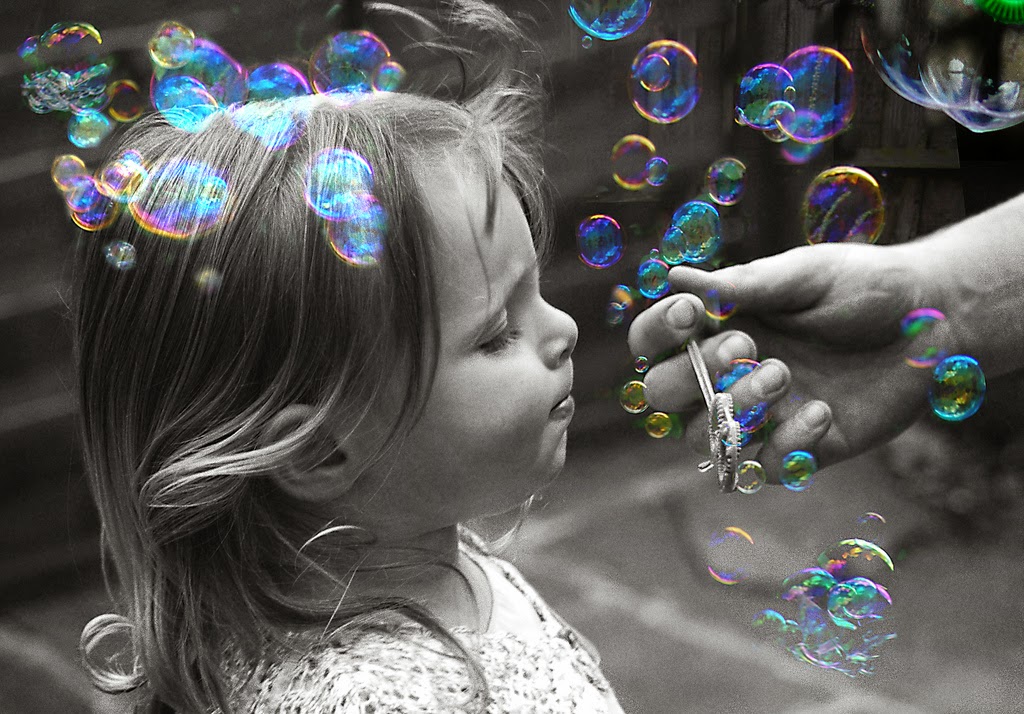The life of Tod Lubitch, who was conceived with a despicably working invulnerable framework. This implies that contact with unfiltered air may slaughter him, so he must experience his life in hatchery like conditions. He exists with his guardians, since they chose to move him from Texas Children's Hospital where he was generally kept as an issue. He is choked to staying in his room all his life, where he consumes, learns, peruses, and activities, while being secured from the outside world by different blankets.
As Tod grows up, he wishes to see a greater amount of the outside world and meet standard individuals his age. He is selected at the nearby school in the wake of being outfitted with suitable defensive attire, comparable in style to a space suit. He goes gaga for his nearby neighbor, Gina Biggs, and he must settle on taking after his heart and confronting close to guaranteed passing, or staying in his defensive air pocket until the end of time. At last, in the wake of having an examination with his specialist who lets him know he has developed a few immunities which might potentially be sufficient to survive this present reality, he steps outside his home, unprotected, and he and Gina ride off on her stallion.
Days after Bill Clinton was initiated as U.s. President, William Safire gave an account of the expression "in the rise" as utilized as a part of reference to living in the White House. Safire followed that utilization in U.s. presidential governmental issues to an entry in the 1990 political diary What I Saw at the Revolution by Peggy Noonan, where she utilized it to portray Ronald Reagan's "thoughtfulness about association"; Richard Ben Cramer utilized the expression after two years in What It Takes: The Way to the White House with reference to George H. W. Shrubbery and how he had been "cosseted and covered in solace by 400 individuals dedicated to his security" and "never saw one individual who was not a companion or somebody whose sole reason it was to serve or ensure him." Noonan's utilization was a reference to The Boy in the Plastic Bubble.
The film motivated the first melody on the 1986 Paul Simon collection Graceland. In 1992, the film's reason was caricaturized in the seventh scene of the fourth season of Seinfeld. It was additionally the subject of the 2001 comedic revamp Bubble Boy and the 2007 musical In the Bubble created by American Music Theater Project and offering a book by Rinne Groff, music by Michael Friedman and Joe Popp and verses by Friedman, Groff and Popp.
The film was said a few times on the arrangement That '70s Show, in the "Thirst" scene of NCIS and in the film Superstar.
The film had an individual effect on Travolta and Hyland, who started a six-month sentimental relationship until her demise, after the film finished main photography.
